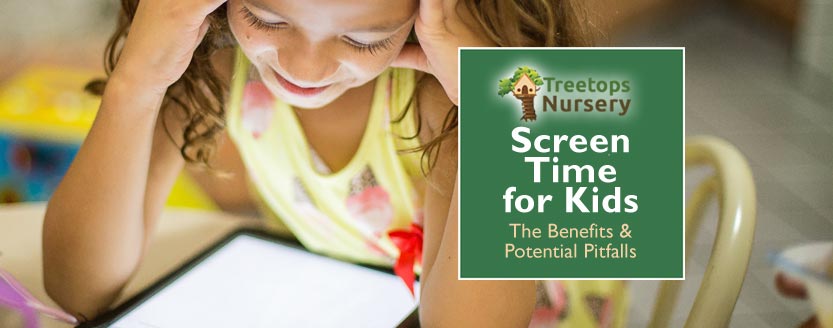
Every parent knows that children love playing on handheld devices like mobile phones and tablets, as well as using computers and watching TV. To the very young, all these screens open up a magical world connecting them directly to colourful images, videos, music, sound and games. These can be almost addictive in their entertainment value for young children. However, is that a good thing?
When children are very young, they are at the pinnacle of their ability to be able to hoover up and absorb information and knowledge about the world. This makes them even more susceptible to being stimulated by the almost limitless array of entertaining content that electronic screens offer. So, surely giving them access to such screens is a good thing? Well … in moderation and with access to the right content it’s potentially hugely beneficial. However, there are compelling reasons why little ones’ access to electronic screens should be strictly managed. With that in mind, we’ll take a closer look at the topic to help parents make more informed decisions about how much time they allow their children to spend using mobile phones, tablets and computers, and watching TV.
Electronic Screens Teach Kids Stuff, Don’t They?
 Of course, that can be the case. What’s more, such handheld screens are a great way for parents to keep children entertained when perhaps they need to get on with other things. Electronic handheld devices also teach children about technology and introduce them to IT; essential skills for them to master in this day and age. Even games can be educational, with some designed to improve children’s numeracy etc. while at the same time being enormous fun. The key, though, is for parents to ensure that children are looking at the right content and not for extended periods of time. Ideally, it should be content that’s informative — i.e. content that will teach them something new, introduce them to new topics and allow them to make discoveries that will educate them. So, the content needs to be chosen and curated by parents — not the child.
Of course, that can be the case. What’s more, such handheld screens are a great way for parents to keep children entertained when perhaps they need to get on with other things. Electronic handheld devices also teach children about technology and introduce them to IT; essential skills for them to master in this day and age. Even games can be educational, with some designed to improve children’s numeracy etc. while at the same time being enormous fun. The key, though, is for parents to ensure that children are looking at the right content and not for extended periods of time. Ideally, it should be content that’s informative — i.e. content that will teach them something new, introduce them to new topics and allow them to make discoveries that will educate them. So, the content needs to be chosen and curated by parents — not the child.
Parents will need to bear in mind, though, that the content also needs to be fun and entertaining. Children will not watch for long, nor learn anything, if the viewing material chosen by parents is stuffy and boring, so a fine balance needs to be struck so that the child gets the most benefit, particularly from an educational perspective.
Dangerous Content, Screen Hours & Parental Control
At the same time, though, bad content must be out of children’s reach at all times. There are many dangerous and disturbing things on the Internet at all times of the day. There are even some on TV that are totally unsuited to young children, particularly after the 9pm watershed. So, parents must stringently vet what their children are watching and hearing on the Internet (especially), as well as on TV. As we said before …
Parents need to be in control of content choices, not the child.
 There are some tools available to help parents accomplish this. While we don’t endorse any particular online safety application over any other, applications like Norton Family is a good example of one application that offers tools to help parents teach “safe, smart, and healthy online habits” to their children. And it certainly seemed to tick all the right boxes in a limited test that we undertook. Their ‘Parental Controls’ allow parents to be informed about sites their children are visiting and to block unsuitable ones completely. Android apps can also be controlled or blocked — useful if children attempt to use inappropriate apps or begin to get hooked on mindless games — or worse. The parental controls even allow parents to lock devices remotely, so children can’t use them should the parent feel their children have already had too much screen time.
There are some tools available to help parents accomplish this. While we don’t endorse any particular online safety application over any other, applications like Norton Family is a good example of one application that offers tools to help parents teach “safe, smart, and healthy online habits” to their children. And it certainly seemed to tick all the right boxes in a limited test that we undertook. Their ‘Parental Controls’ allow parents to be informed about sites their children are visiting and to block unsuitable ones completely. Android apps can also be controlled or blocked — useful if children attempt to use inappropriate apps or begin to get hooked on mindless games — or worse. The parental controls even allow parents to lock devices remotely, so children can’t use them should the parent feel their children have already had too much screen time.
Parents can also pre-set screen time limits and schedules for each day for each device their child is likely to use. This combination will help children to focus on what they should be focusing on, for example homework and useful learning materials, whilst keeping them from straying into dangerous online territory. The scheduling feature is also very useful to ensure children don’t spend too long staring at an electronic screen on any given day, perhaps at the expense of physical exercise or active play.
Of course, parents should also directly involve themselves in what their children are watching or interacting with on handhelds and TVs. After all, even the most clever app is unlikely to ever fully match the control possible through accompanied viewing from an adult.
Inactivity vs. Exercise
It goes almost without saying that regular extended periods of inactivity are not good for health and fitness. In our previous article Early Years Exercise & Why it’s Essential, we went into great detail about how exercise and active play is critically important to all humans, but especially in the early years. At that age group, it has been proven to not only help in the avoidance of some serious health issues like strokes, cancer and cardiovascular disease, but also to help children achieve better grades, improve cognitive performance and experience a whole raft of additional benefits. Those are incredibly important reasons why screen time should be limited and not allowed to replace active play and exercise. Click the bold green link above for full details.
Additional Health Concerns for Handheld Devices
 Hundreds of scientist and medical professionals around the world are convinced that handheld devices like mobile phones and tablets are potentially harmful to humans, especially unborn children, when connected to Wi-Fi. They say that this is due to the ‘RF wireless radiation’ that the devices emit when connected to the web (etc.). What’s more, they appear to have some compelling science and research to back up their claims.
Hundreds of scientist and medical professionals around the world are convinced that handheld devices like mobile phones and tablets are potentially harmful to humans, especially unborn children, when connected to Wi-Fi. They say that this is due to the ‘RF wireless radiation’ that the devices emit when connected to the web (etc.). What’s more, they appear to have some compelling science and research to back up their claims.
Some of the professionals concerned are involved in The Baby Safe Project, which aims to warn pregnant women and parents about the potential risks to health associated with wireless radiation used in handheld devices like mobile phones and tablets. As these risks may extend to harming unborn children, it’s a serious concern for pregnant women and parents to consider. Learn more about the possible risks of RF wireless radiation and ways to mitigate them here.
Technology for Little Ones at Treetops Nursery, Willesden
 At Treetops Nursery in Willesden we understand both the value and potential pitfalls of technology when used by little ones, so ensure we get the balance just right. Technology is great for education when used correctly and indeed is included as an area of early years education within the ‘Understanding the World’ element of the Early Years Foundation Stage curriculum at the nursery. However, staff at the setting fully understand that any screen time needs to be limited and, of course, the type of material being viewed is stringently controlled.
At Treetops Nursery in Willesden we understand both the value and potential pitfalls of technology when used by little ones, so ensure we get the balance just right. Technology is great for education when used correctly and indeed is included as an area of early years education within the ‘Understanding the World’ element of the Early Years Foundation Stage curriculum at the nursery. However, staff at the setting fully understand that any screen time needs to be limited and, of course, the type of material being viewed is stringently controlled.
Please do get in touch if you are interested in a potential nursery place for your child at Treetops Nursery in Willesden. The childcare setting is also near to Harlesden, Willesden Green and Kensal Green in the London NW10 area, so may also suit parents who live or work in those locations. Please select a contact method from the buttons below to get started.
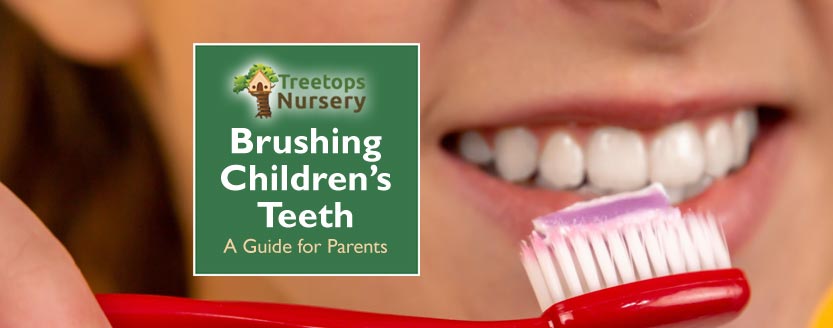
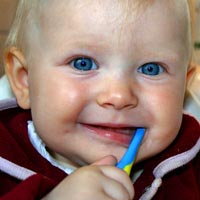 Parents, guardians or carers should start brushing children’s teeth the moment teeth first appear, even when it’s only one or two teeth initially showing through. This is typically around the age of six to ten months when, for most babies, the lower incisors are first to appear. It varies enormously, though, with some babies even being born with one or more teeth. For teething babies, of course, you need to be more gentle with brushing than you would be for an older child, because their gums will probably be sore. Hence, there are some guidelines to follow in that regard. That’s exactly where this article comes in as we explain the accepted best practice for brushing infant teeth.
Parents, guardians or carers should start brushing children’s teeth the moment teeth first appear, even when it’s only one or two teeth initially showing through. This is typically around the age of six to ten months when, for most babies, the lower incisors are first to appear. It varies enormously, though, with some babies even being born with one or more teeth. For teething babies, of course, you need to be more gentle with brushing than you would be for an older child, because their gums will probably be sore. Hence, there are some guidelines to follow in that regard. That’s exactly where this article comes in as we explain the accepted best practice for brushing infant teeth. The same general approach can be used for children aged 3 or over, except toddlers may stand, so long as their head can still rest against you so that it’s kept stable and relatively still while brushing takes place. As mentioned in the preceding section, a pea-sized amount of toothpaste can be used for this age group.
The same general approach can be used for children aged 3 or over, except toddlers may stand, so long as their head can still rest against you so that it’s kept stable and relatively still while brushing takes place. As mentioned in the preceding section, a pea-sized amount of toothpaste can be used for this age group.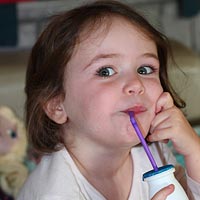 As well as regular brushing of teeth and dentist check-ups, there are many additional measures that can protect children’s teeth. These really all come down to one thing; avoiding added sugar. So …
As well as regular brushing of teeth and dentist check-ups, there are many additional measures that can protect children’s teeth. These really all come down to one thing; avoiding added sugar. So …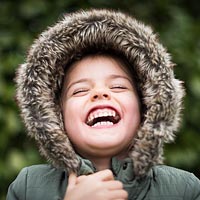 The more obvious additional health and safety concerns include the following:
The more obvious additional health and safety concerns include the following: This guide was brought to you by the childcare team at
This guide was brought to you by the childcare team at 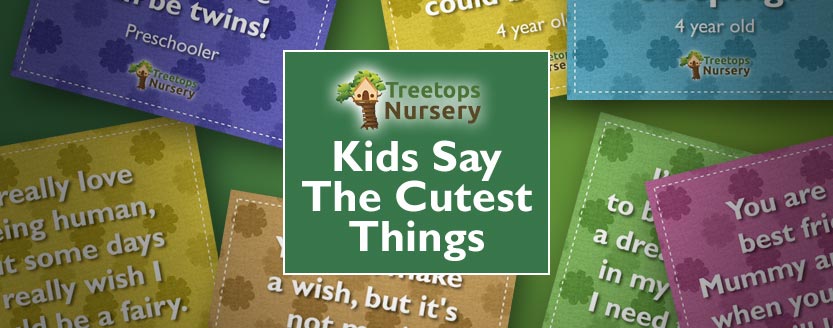
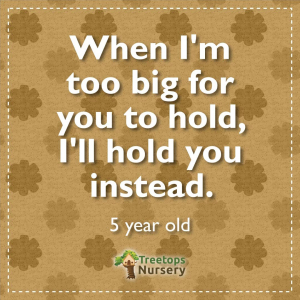
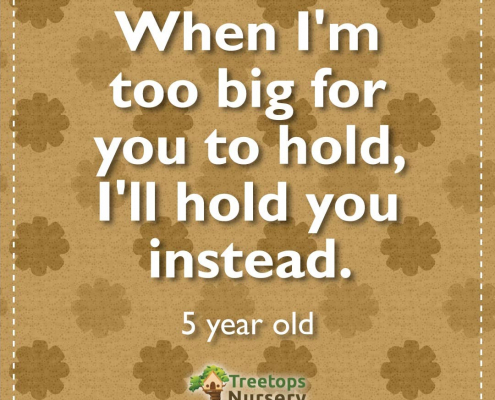
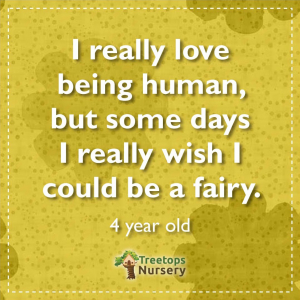
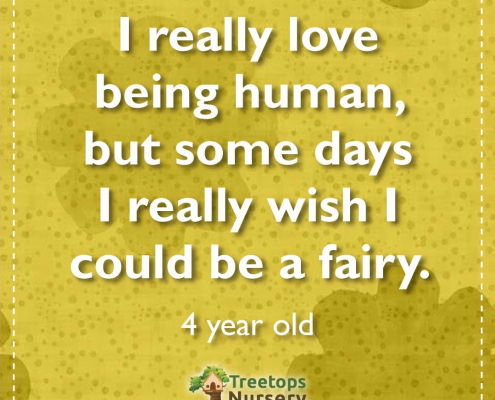
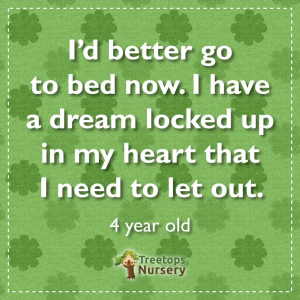
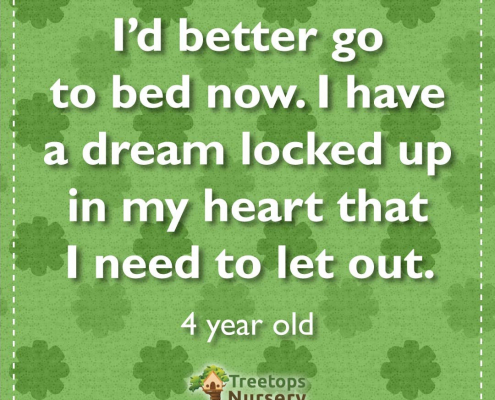
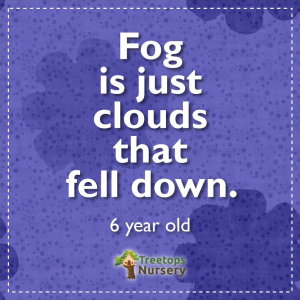
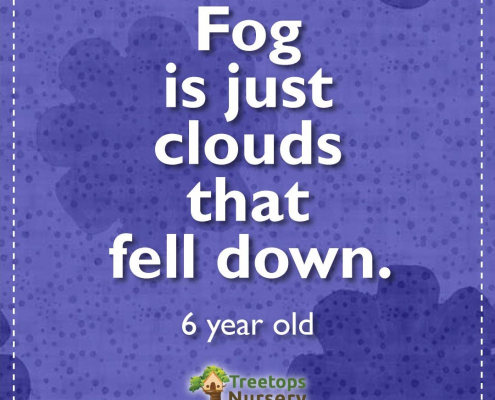
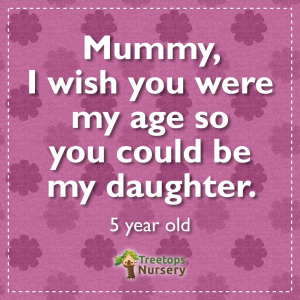
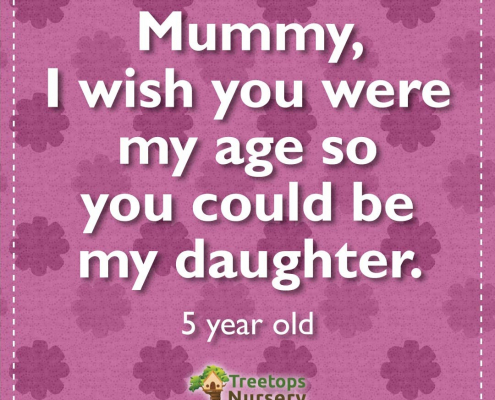
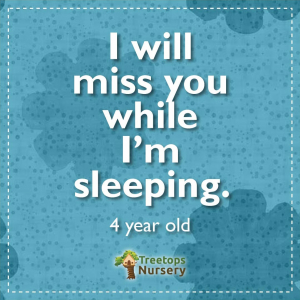
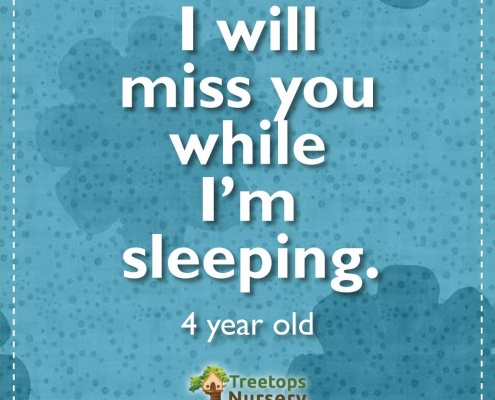
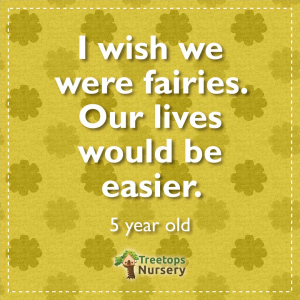
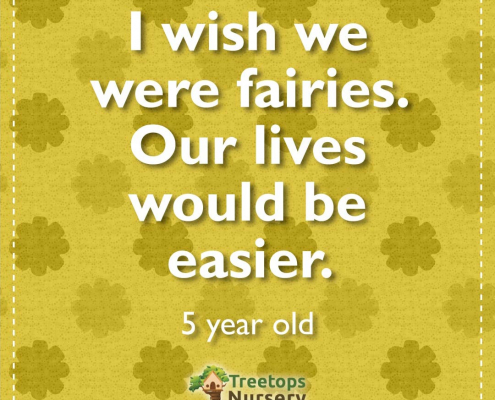
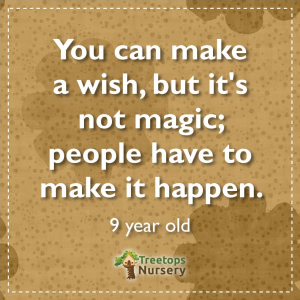
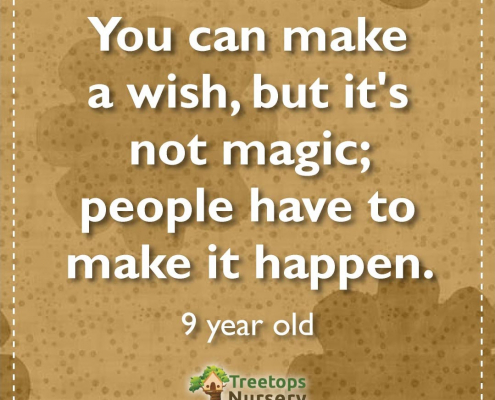
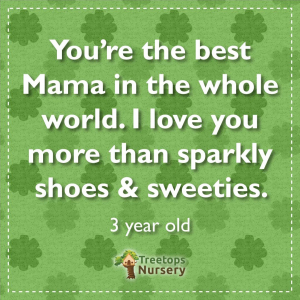
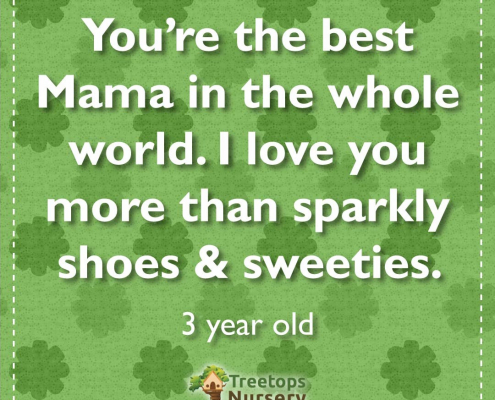
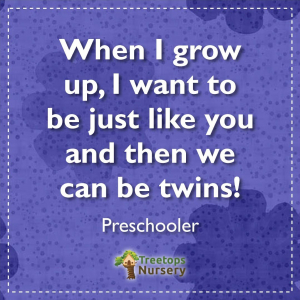
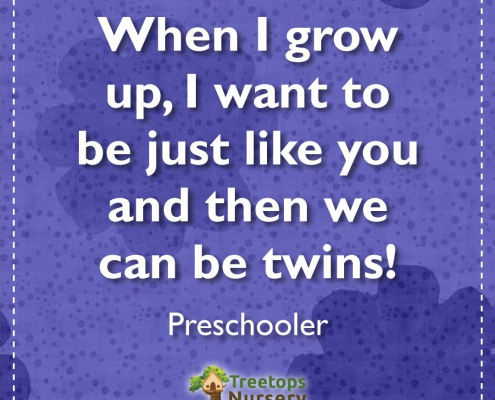
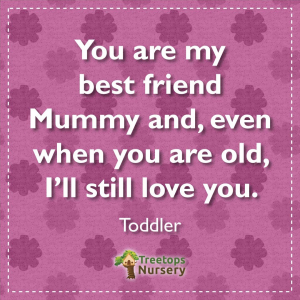
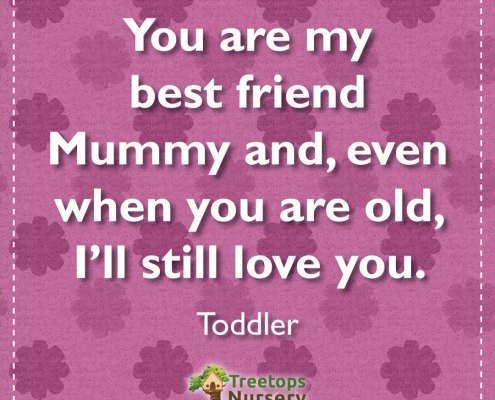


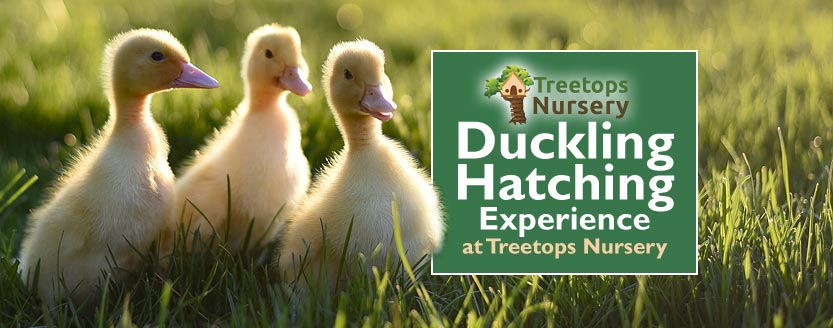
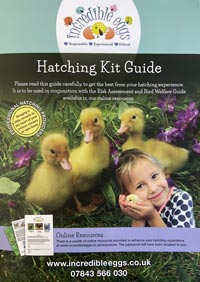
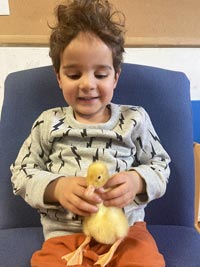
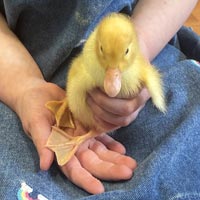
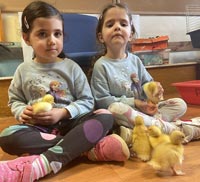
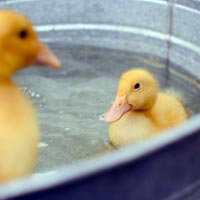
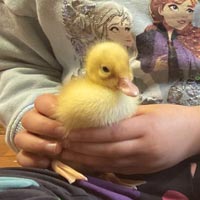
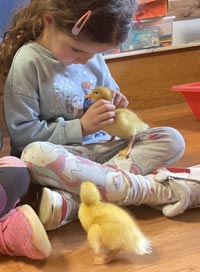
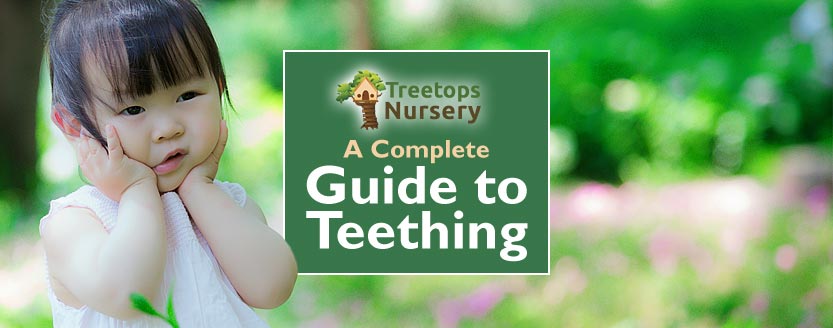
 In this, the first of two new posts relating to the very youngest of children, we’re looking at teething, including when it usually happens and what to do about it as a parent or carer. Teething can be stressful for parents and a painful time for babies, so it’s important to read the signs correctly and act accordingly.
In this, the first of two new posts relating to the very youngest of children, we’re looking at teething, including when it usually happens and what to do about it as a parent or carer. Teething can be stressful for parents and a painful time for babies, so it’s important to read the signs correctly and act accordingly. Most babies are born with no teeth showing at all. However, there are exceptions and it’s reasonably common to be born with one or more milk teeth already visible. In total, babies will have a total of 20 milk teeth; 10 in the upper jaw and 10 in the lower. These are already there at birth as they will have grown during the embryonic stage. However, they are hidden within the gums in most cases.
Most babies are born with no teeth showing at all. However, there are exceptions and it’s reasonably common to be born with one or more milk teeth already visible. In total, babies will have a total of 20 milk teeth; 10 in the upper jaw and 10 in the lower. These are already there at birth as they will have grown during the embryonic stage. However, they are hidden within the gums in most cases.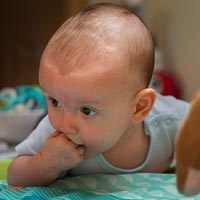 Teething can cause babies pain and discomfort during the 8 days in which each tooth moves from under the gum to erupting through it. Apart from the obvious signs of the tooth erupting and perhaps a bluey-grey eruption cyst colouration in the gums, symptoms of teething include:
Teething can cause babies pain and discomfort during the 8 days in which each tooth moves from under the gum to erupting through it. Apart from the obvious signs of the tooth erupting and perhaps a bluey-grey eruption cyst colouration in the gums, symptoms of teething include: There are a number of ways parents and carers can help babies and toddlers through their teething. One or more of the following may help:
There are a number of ways parents and carers can help babies and toddlers through their teething. One or more of the following may help: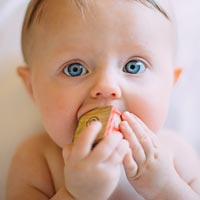 According to the NHS, there is no evidence that commercially-available teething gels (including homeopathic ones) are effective, so they recommend that non-medical options like those above should be tried first.
According to the NHS, there is no evidence that commercially-available teething gels (including homeopathic ones) are effective, so they recommend that non-medical options like those above should be tried first. When the time is right (usually by the age of 6) the milk teeth will start to shed. Normally, this is done in a particular order: first the two lower front teeth and the two upper front teeth will fall out (these are called the central incisors). Next to fall are the lateral incisors, then the first molars, the canines and finally the second molars.
When the time is right (usually by the age of 6) the milk teeth will start to shed. Normally, this is done in a particular order: first the two lower front teeth and the two upper front teeth will fall out (these are called the central incisors). Next to fall are the lateral incisors, then the first molars, the canines and finally the second molars.
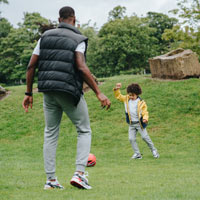
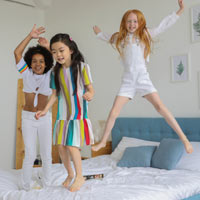 Less likelihood of developing cardiovascular disease including hyperlipidemia1;
Less likelihood of developing cardiovascular disease including hyperlipidemia1;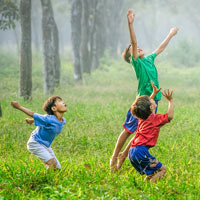 Higher physical activity and physical fitness levels are associated with improved cognitive performance (e.g., concentration, memory) among students.3
Higher physical activity and physical fitness levels are associated with improved cognitive performance (e.g., concentration, memory) among students.3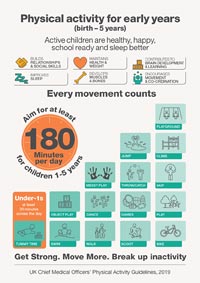
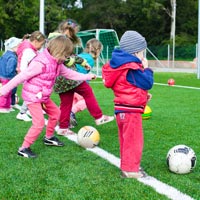 Knowing how important it is, we take exercise very seriously at Treetops Nursery in Willesden. However, we ensure that it’s always fun and exciting, so that children enjoy it, naturally. Physical movement and active play are all part of
Knowing how important it is, we take exercise very seriously at Treetops Nursery in Willesden. However, we ensure that it’s always fun and exciting, so that children enjoy it, naturally. Physical movement and active play are all part of 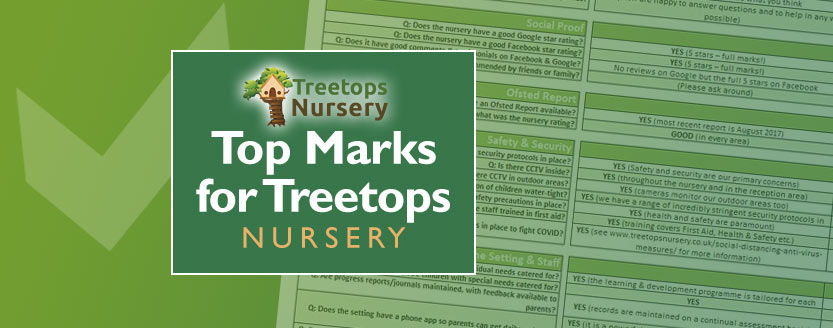
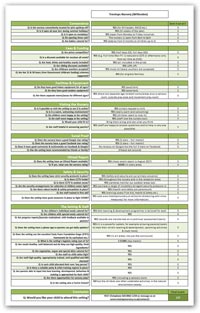
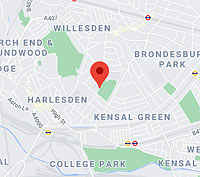
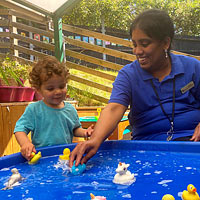 Equipment and facilities at the nursery are excellent, both indoors and outside. An excellent
Equipment and facilities at the nursery are excellent, both indoors and outside. An excellent 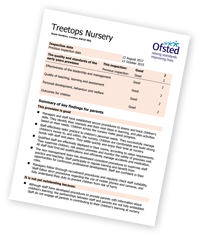 A Good Ofsted Report
A Good Ofsted Report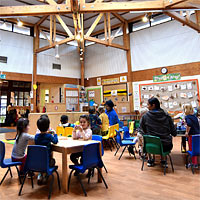 Children’s individual needs, including for those with special needs, are well catered-for at Treetops Nursery, Willesden. In fact, a learning and development programme is tailored to the needs, strengths, weaknesses and interests of each individual child. A ‘Key Person’ is also assigned to each child and this staff member continually monitors their progress, making changes to the tailored programme as appropriate as time goes by. Parents and carers are kept fully informed of children’s progress, including via a journal that is kept for each child. Parents are also free to add notes to the progress journal so a more complete picture is maintained for every child.
Children’s individual needs, including for those with special needs, are well catered-for at Treetops Nursery, Willesden. In fact, a learning and development programme is tailored to the needs, strengths, weaknesses and interests of each individual child. A ‘Key Person’ is also assigned to each child and this staff member continually monitors their progress, making changes to the tailored programme as appropriate as time goes by. Parents and carers are kept fully informed of children’s progress, including via a journal that is kept for each child. Parents are also free to add notes to the progress journal so a more complete picture is maintained for every child.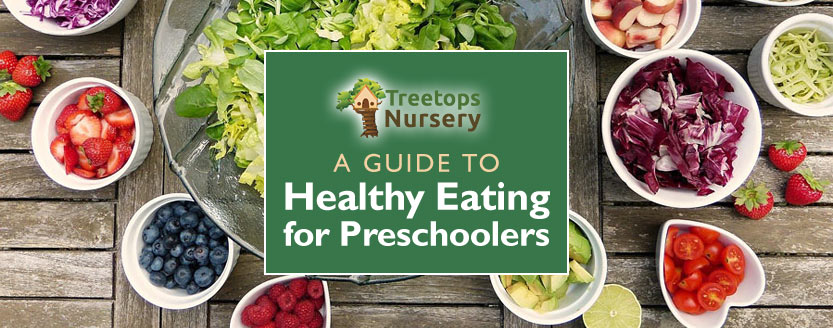
 Healthy, Balanced Meals for Children
Healthy, Balanced Meals for Children The Benefits of Healthy Eating for Children
The Benefits of Healthy Eating for Children What Should Children be Eating & Drinking?
What Should Children be Eating & Drinking?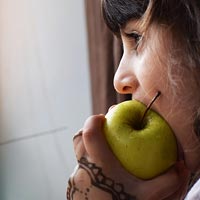 Portion Sizes
Portion Sizes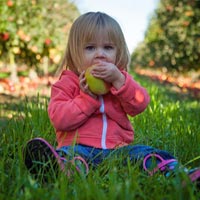 Healthy Eating at the Nursery
Healthy Eating at the Nursery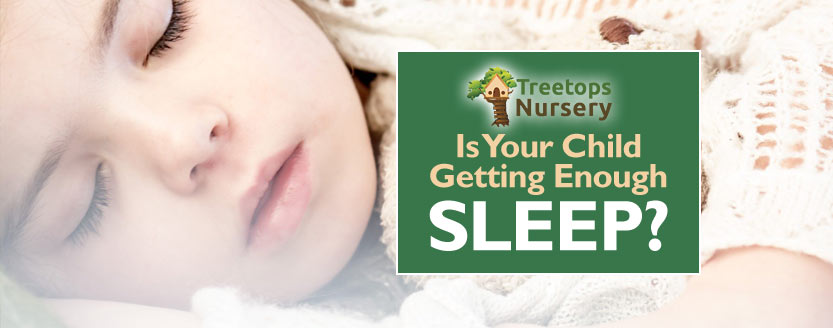
 The Adverse Effects of Too Little Sleep
The Adverse Effects of Too Little Sleep You can see that they require a little less sleep as they grow progressively older.
You can see that they require a little less sleep as they grow progressively older.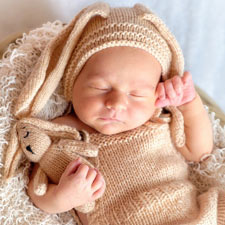 A Peaceful, Quiet, Bedroom Set-up
A Peaceful, Quiet, Bedroom Set-up Stimulants should be avoided before bedtime. Drinks containing caffeine will keep children awake, so none should be given any time after lunch time, ideally. Caffeine can be found in some fizzy drinks and energy drinks, as well as in tea and coffee. Warm milk, in contrast, will be non-stimulating and actually quite soothing. Be careful not to give drinks too close to bedtime, though, and remember to get the child to visit the loo before going to bed, otherwise they may need to wake up in the night to pay a visit.
Stimulants should be avoided before bedtime. Drinks containing caffeine will keep children awake, so none should be given any time after lunch time, ideally. Caffeine can be found in some fizzy drinks and energy drinks, as well as in tea and coffee. Warm milk, in contrast, will be non-stimulating and actually quite soothing. Be careful not to give drinks too close to bedtime, though, and remember to get the child to visit the loo before going to bed, otherwise they may need to wake up in the night to pay a visit.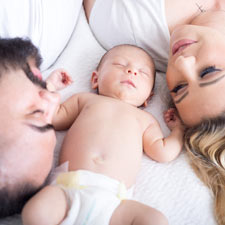 Children Visiting in the Night
Children Visiting in the Night